At LuxuryActivist, we like to see things from different angles. While spending some time in history books, I realized how strong the parallel between Fashion and Automotive design was. It is a story about trends, lifestyle and taste. Both activities have evolved a lot in the past 100 years, and I thought it interesting to tell this story for the pleasure of connecting the dots. Here is a retrospective comparison between the Automotive design evolution and Fashion, from a turning point in the 1920s to nowadays. Start your engine, fasten your sit-belt: we are ready to race.
1920’s: The “Roaring Twenties” As A Turning point in Automobile And Fashion
World War I is gone and the 1920s represents a very wealthy period where society could finally breathe. French speakers refer to the period as the “Années Folles” (“Crazy Years”), emphasizing the era’s social, artistic, and cultural dynamism. The 1920s marked the beginning of the new age of fashion. It was the decade in which women started to abandon the more restrictive fashions of previous decades in favour of more casual attire (such as short skirts or trousers). Men also started to wear athletic clothes for the first time, abandoning their highly formal everyday wardrobe. We can say that fashion entered the modern era.

In the 1920s, the Automobile industry reached saturation. With the launch of the famous Ford T at the beginning of the 20th century, mass production started, and standardization helped democratize cars. But once you have a car, why should you change and buy a new one? This is the turning point in the automobile industry where the annual series arrived. Like Fashion, Cars would also have different series, limited editions and other “fashionable” design details. Automotive brands would start thinking about trends and how to convince customers to buy the “car of the year”.
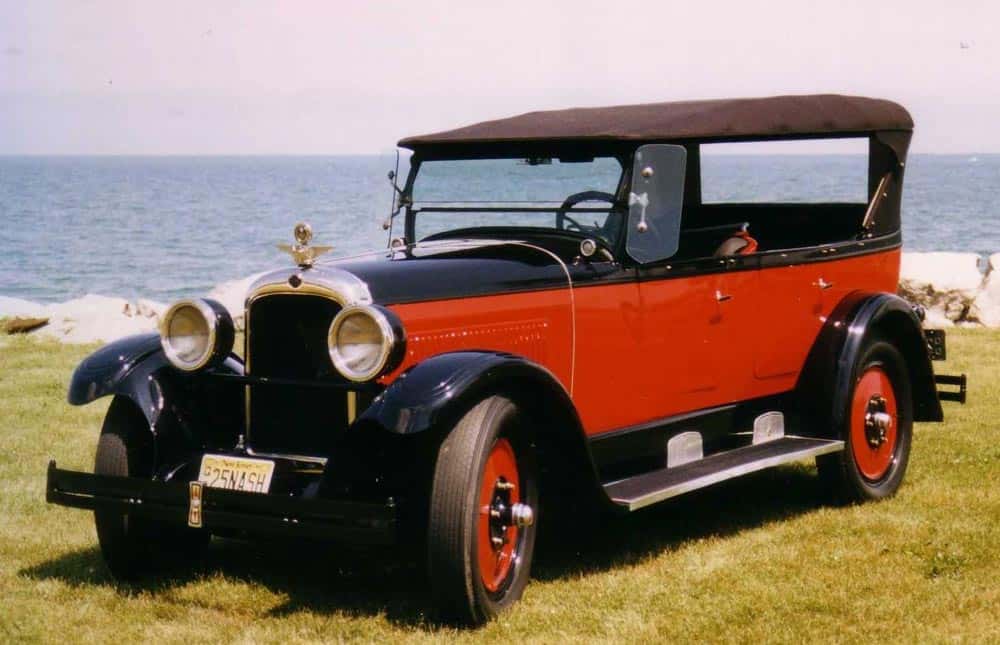
General Motors CEO Alfred P. Sloan Jr. convinced the company’s board to showcase annual model-year design changes to convince car owners that they needed to buy a new replacement each year. This was also a way to kill competition as smaller carmakers would not compete with such a creative and intense development plan.
While men fashion started dressing with more athletic clothes, automobile design becomes more aerodynamics. In the following years, true innovation in terms of design were accomplished and the streamlining was born.
1930’s: From the Hollywood Glamour To the Highway
Films, especially Hollywood, had a huge impact on fashion in the 1930s. Men’s, women’s, and children’s fashions were inspired by celebrities such as Clark Gable, Jean Harlow, and Shirley Temple, who were among the many who directly influenced fashion. During this period, a return to populism after the Roaring Twenties was also fashionable. A slim, elongated body with spreading shoulders and a neat head with softly waved short hair” became the trendy female silhouette. On the men’s side, the cinema photos shattered a centuries-old fashion trend, giving birth to the blue-collar style pioneer. All previous fashion had been produced by a social elite whose main statements were exclusivity and privilege, with a few exceptions.


The automobile also became more glamorous thanks to the innovations like the Chrisler Airflow. Considered a major innovation in design, brands also realized the challenges of integrating such change levels in the main consumer lines. Not all consumers were early adopters during this decade which was a counterbalance of the 20s.
1940’s: A NewLook
The period of World War II was not a fantastic period for fashion as all trends stoped and all creation was focusing on manufacturing uniforms. Fashion became useful and efficient as the automobiles were utility vehicles to go from a point A to a point B. Nevertheless, the end of the war started a new era. Christian Dior started in Paris a new chapter in fashion called the New Look. While maintaining an active look, Women’s fashion get more feminine and new lines are designed.


At the same time, in automotive design, Cadillac sets the glamour with the famous tailfin that marked the brand signature and a whole new era of modern design. the tailfin crossed decades to get its apogee early 50’s. Cadillac started exporting abroad and the myth got in place.
1950’s: Design becomes a leitmotiv.
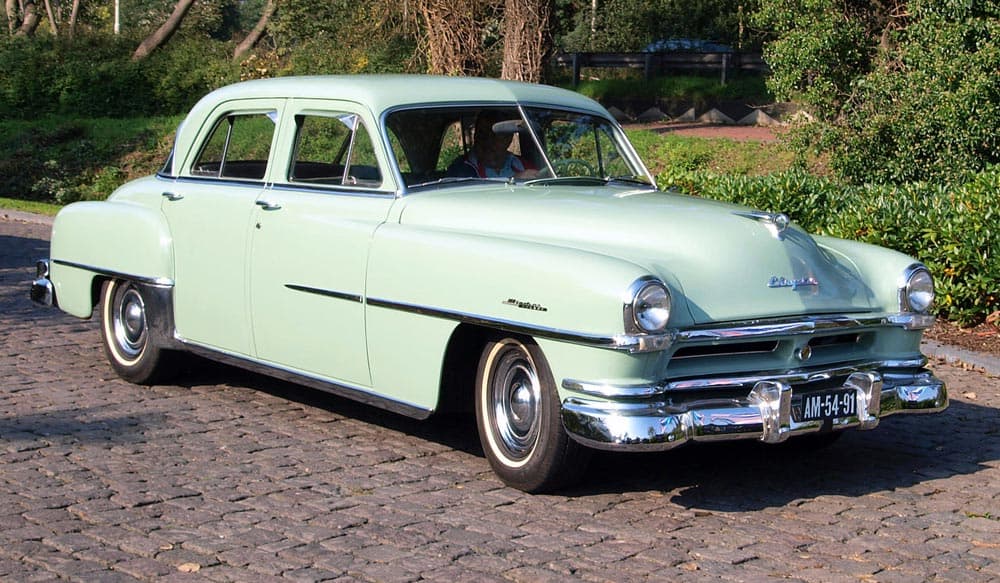
The 50s was an interesting shift moment in automotive design. So far, most of the car’s bodywork was done by engineers and in the 50s big companies decided to give this job to designers. One of the most well-known car designers was Virgil Max “Ex” Exner Sr. After joining Chrysler, a new era of automotive design started by adding new aerodynamic elements and even the first tests in a wind tunnel were accomplished.

In Fashion, menswear became more dynamic for an active modern urban man. Since the rise of the suit in the 18th century, men’s fashion had seen little dramatic change until the rise of the Teddy Boys in Britain and the rebellious youths who looked to Hollywood stars Marlon Brando and James Dean the fifties. Significantly, both of these styles were adopted or inspired by working-class men rather than coming from the elite.
1960’s: A Matter Of Elegance And Good Taste
By far one of my preferred decade in fashion and automobile, many myths and legends were born in both industries during the 60’s. In the 1960s, fashion became more relaxed for both genders and ages. Three wide trends emerged in womenswear: a continuation of the previous decade’s ladylike sophistication, Mary Quant’s youthful looks and the Space Age influence, and the late 1960s “hippie” look. Men’s fashion saw a rise in color and design, as well as military influence and new fashion symbols in the form of rock stars.

Talking about rock stars, the automotive industry saw the rise of their own legends like the Ford Mustang and the ultimate icon of modern sport and luxury car: The iconic Porsche 911. Porsche AG of Stuttgart, Germany, first introduced the car in September 1964. It has a torsion bar suspension and a rear-mounted flat-six engine. The car has been improved over time, but the fundamental principle has remained the same. The engines were air-cooled until the 996 series was introduced much later. The 911 myth was born and here to stay until now.

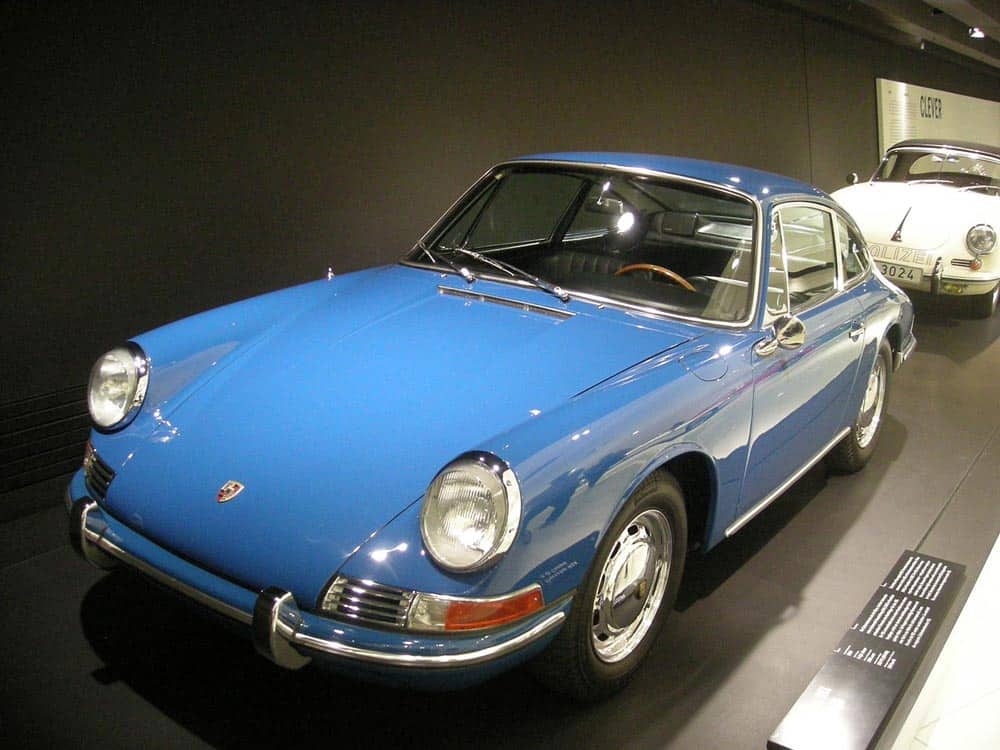
1970’s: Lines, Colours And Look
The seventies saw the rise of bold colours and strong patterns. On the women’s side, there was a certain look back to the 1940s. Men could finally choose from several suit styles with nice colours. It was what we called the Peacock revolution. Wide belts with wide buckles drew attention to the centre of the torso, making larger bodies look slimmer. A sleeveless waistcoat or jerkin, a single-breasted sports jacket in tweed, denim, or corduroy, or a blouson jacket in leather or synthetic fabric were commonly worn over the top. Women liberated the mini-skirt. It was the start of body sexualization and freedom of living.

On the Car industry side, Italian designers dominated the entire decade like the inception of the Alfa Romeo Montreal and The Lancia Stratos in 1970, the Lamborghini Countach in 1973, the Maserati Merak in 1974 or the Alfa Romeo Giuletta in 1977. These cars became signature cars for the seventies as well for these amazing brands. Cars became more futuristic and lines would be sharper. All these automotive designs and car engineering built a strong base for the next decade: The 80’s.

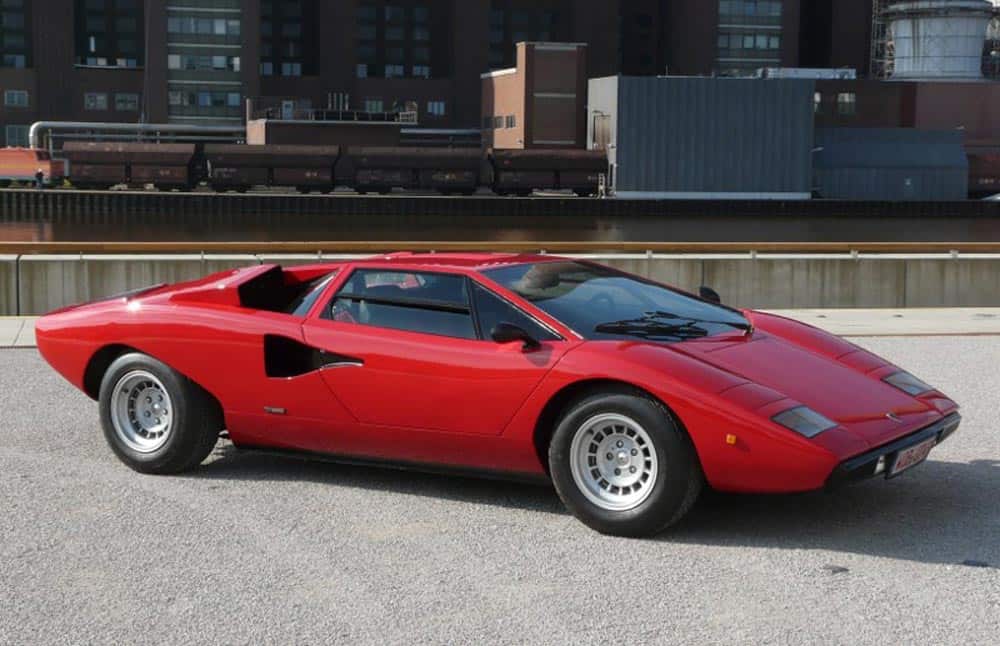
1980’s: More Is More!
The 80s hit the world; there was an appetite for bing larger than life. People wanted more, more and more. Fashion adopted this attitude, and bigger became the synonym of better. We could see it on women’s shoulders pads to men’s power suits shaping the look like if we were all superheroes. As we can see here, there was nothing about understatement in the 80s. It was also a moment in time when many renowned fashion houses embraced menswear like Thierry Mugler or Karl Lagerfeld.
So as fashion would treat people as superheroes, the automobile industry would do the same. Cars became bigger, faster, bolder, true companions for superhero day adventures. DMC would launch its Delorean, BMW launched the M6, Ferrari would set the legend of the Testarossa in 1984 and the F40 in 1987. All power cars that remained true icons of this decade. The length of the cars has increased, the fenders of the vehicles have widened and the engines are over-vitaminized. Remember the Renault 5 Turbo? Well, welcome to the eighties. A last important point was the rise of Pininfarina. The Italian car designer was founded in 1930 in Milan and the 80s really expanded their business across most of the popular Italian brands from Ferrari to Alfa Romeo and Maserati but also other European and Asian companies. The iconic signature of Pininfarina on the side of your car-body was the symbol of cutting edge design, performance and engineering.

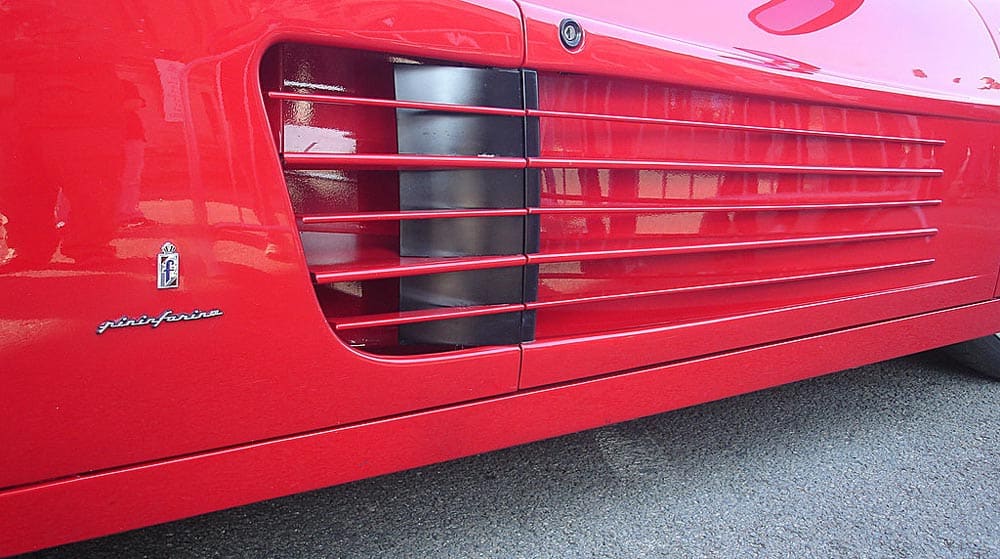
1990’s: Back To Basics
The nineties was a nostalgic moment for the automobile industry. It was a true look back to the past and trying to remember what built the industry. Car manufacturers started getting back to basics and bringing the true essence to their brands. Lamborghini would launch the Diablo, McLaren would launch its F1, and Ferrari built the F50. Let’s also underline the arrival of the American ultimate power car: The Hummer H1.
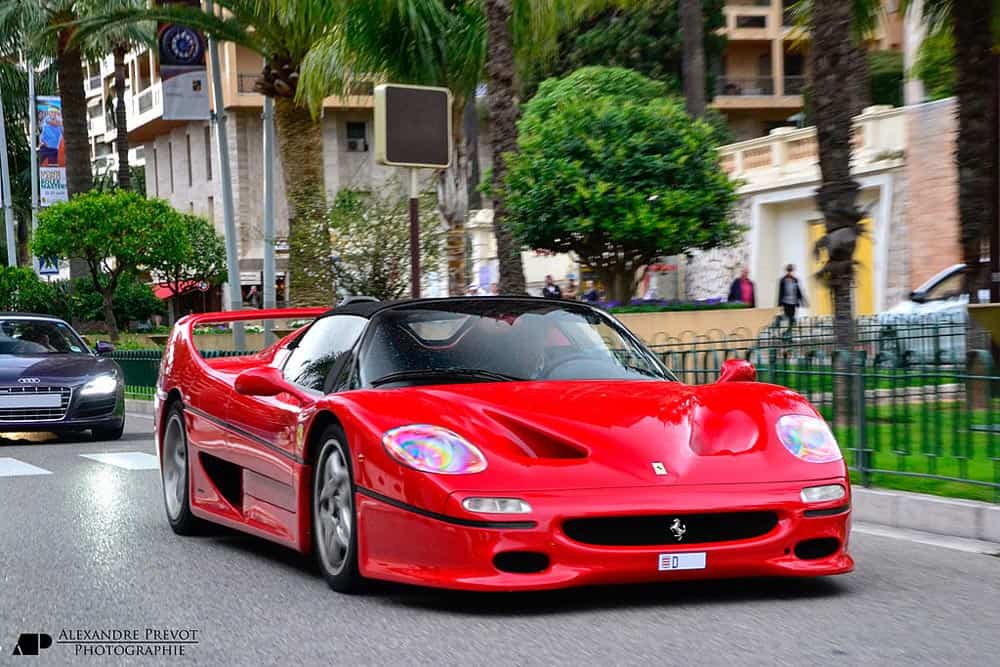

The last decade of the 20th century saw fashion go rogue. Grunge culture arrived and had a tremendous influence on fashion. It was all about oversized clothing and talking about jeans… staples! Thankfully, the more this decade would progress, the more fashion would become minimalistic. Grunge started to decline in prominence in the mid-nineties, but the informal approach to fashion persisted. During this time, other types of music, such as hip-hop and rap, continued to have an impact on fashion. Sportswear, such as baseball caps and jackets, basketball shorts, tracksuits, and hoodies, were among the most common styles to emerge from this.

2000’s Eco-Responsability
The new century started with the rise of a new consciousness. We realized that our planet could not survive humanity if we would continue polluting the air, killing wild fauna and burning our forests. Oil became a massive challenge as not only it is a limited resource in this planet, but contributes a lot to the pollution in the air. The automobile industry had to adapt and evolve. It was the same for fashion. Consumers would start openly criticizing certain companies, called fast-fashion, to push the system to the limits. People understood that whatever choice they would make about their cars or their clothing, would generate an important consequence to the planet. So both industries had to adapt and to evolve. They became more eco-responsible and try now to evolve towards a more sustainable approach.

The car industry started developing hybrid and electric cars. Simultaneously, modern engines aim to save gasoline and reduce as much as possible the emissions of CO2. Toyota became a leading brand with its Prius, but other car builders arrived to boost the party. It was the inception of Tesla that hit the luxury cars’ market very strongly, making brands like BMW, Porsche, and even Ferrari bring their answer about electric. After the Tesla Model S launch, the traditional car manufacturers had to reply with equivalent projects. BMW started the electric project with the i3 and the i8. The idea was not just about an electric battery. iBMW is the whole concept. Porsche launched hybrid versions for the Cayenne and, lately, the entire electric Porsche Taycan (considered the Tesla killer). Ferrari has not left aside from the electric story. Rumours are talking about a fully electric Ferrari by 2025. It would be a GT based model with two seats as the battery would occupy the back seat space. In the meantime, the Italian supercar manufacturer launched its SF90 Stradale and its hybrid engine, reaching up to 1000hp.

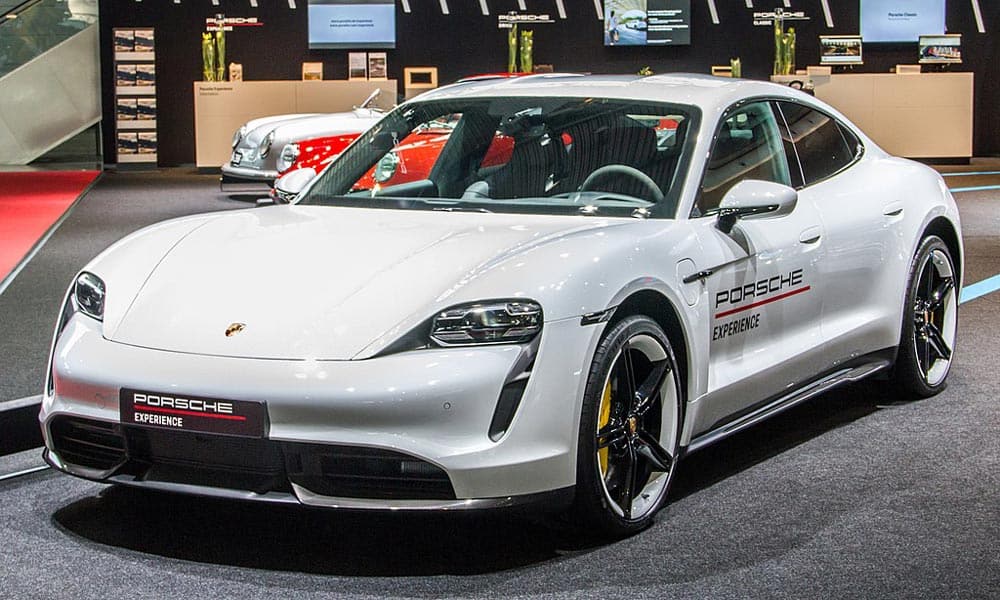
Fashion got a change of direction because consumers willing to have a more responsible purchase action. Brands that have democratized fashion have unfortunately entered a fast pace cycle bringing serious damage to the planet. It is what we call “Fast Fashion”. This term refers to a highly efficient business model that includes mass-producing catwalk trends and high-fashion designs at a low cost. Therefore, local labels, responsible labels and the usage of recycled and sustainable materials are important today. In a way, this new approach to fashion is a much better one for the planet and the fashion industry itself. A more responsible fashion industry will pay attention to craftsmanship, natural materials, details and best fit (vs a mass-production approach). Brands like Stella McCartney have a high ethos related to the way they create and produce their collections.
I hope you have enjoyed the ride. Automobile and Fashion are two witnesses of their time. Society evolved in the past 100 years and we do hope the road was worth it.
José Amorim
Information sourced by the author for luxuryactivist.com. All content is copyrighted with no reproduction rights available. Images are for illustration purposes only.